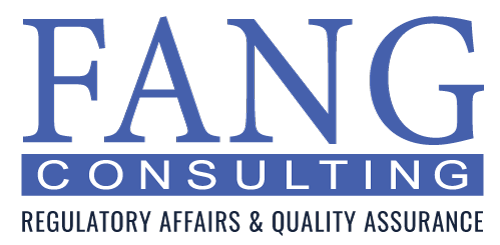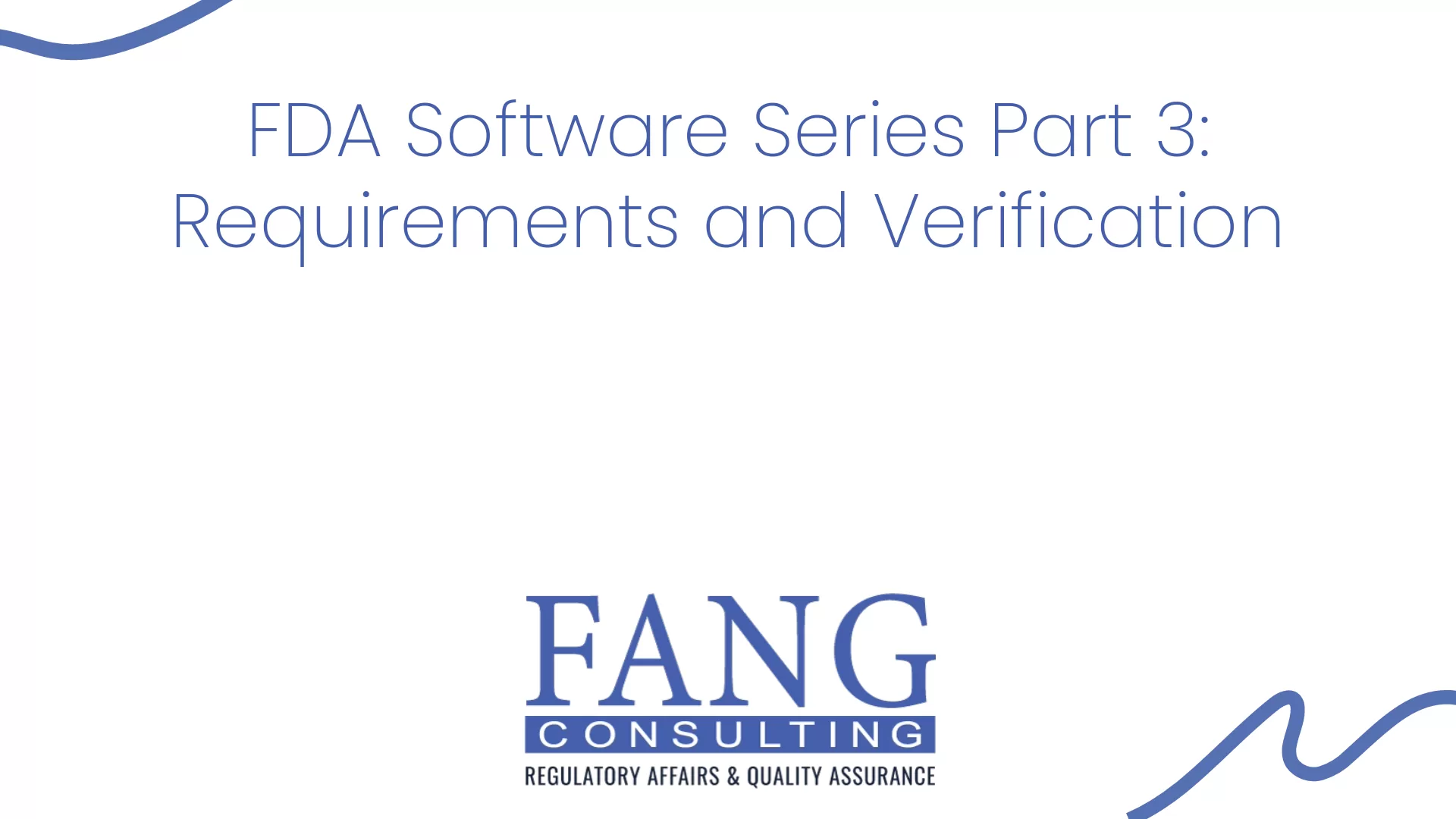PSURs under the EU MDR and IVDR: Ensuring the Safety and Effectiveness of Medical Devices.
PSUR — PERIODIC SAFETY UPDATE REPORTS
PSURs under the EU MDR and IVDR: Ensuring the Safety and Effectiveness of Medical Devices.
How can we help?
Periodic Safety Update Reports (PSURs) are essential for medicines and medical devices authorized for sale in the European Union (EU). According to the EU Medical Device Regulation 2017/745 (MDR) and In Vitro Diagnostic Medical Device Regulation 2017/746 (IVDR), manufacturers must submit PSURs to regulatory authorities at defined intervals to ensure the safety and effectiveness of their products.
What is a PSUR and SSCP?
PSURs provide a comprehensive and critical analysis of the safety profile of a medical device required for Class IIa, IIb, and III under MDR as well as implantable devices. It applies to IVDs that are Class C or D under IVDR. They are intended to assess the risk-benefit balance of the device based on new information obtained since its initial authorization. The PSUR summarizes the results of post-market surveillance (PMS) activities and conclusions that manufacturers related to those results. PSURs are essential for monitoring a device’s long-term safety and effectiveness in the market. The PSUR is part of the device’s technical documentation and must be updated throughout the device lifecycle. It is initially submitted to the Notified Body during the device’s conformity assessment audit and must be updated annually or biennially.
The MDR and IVDR have introduced new requirements for PSURs compared to the previous EU Medical Device Directive (MDD). One of the significant changes for medical devices under MDR is the requirement for a Summary of Safety and Clinical Performance (SSCP) for implantable and Class III devices. Custom-made and investigational devices do not require an SSCP. Similarly, IVDs under IVDR have added a Summary of Safety and Performance (SSP) requirement for Class C and D devices. The SSCP and SSP are publicly available documents for high-risk medical devices and IVDs that summarize the safety and clinical performance of the device, including any potential risks or hazards identified in the PSUR. The SSCP and SSP contain two parts—one for healthcare professionals and another for patients. The SSCP must be updated when the Post-Market Clinical Follow-Up (PMCF) and PSUR are updated. The specific requirements of the SSCP can be found in Article 32 of the MDR. The specific requirements of the SSP can be found in Article 29 of the IVDR.
Periodic Submissions of PSUR
In addition, the MDR and IVDR require that PSURs be submitted more frequently than under the MDD. PSURs must be submitted annually for Class III or IIb implantable or non-implantable devices and every two years for Class IIa implantable or non-implantable devices. For IVDs, Class C and D devices are required to be submitted annually. The new requirements ensure that regulatory authorities regularly receive updated information on the safety and performance of medical devices.
Fang Consulting has a team of experienced regulatory affairs professionals who can assist clients in preparing high-quality PSURs that meet the MDR and IVDR regulatory requirements. They can help clients navigate the complex regulatory landscape, identify potential safety issues, and develop strategies to address them.
Post-market Surveillance (PMS)
Another important aspect of PSURs under the MDR and IVDR is post-market surveillance (PMS) data requirement. PMS is an ongoing process that involves monitoring the safety and performance of a medical device once it is on the market. The MDR and IVDR require manufacturers to collect and analyze PMS data as part of their PSURs to ensure that any potential safety issues are identified and addressed in a timely manner. The MDR and IVDR build upon previous PMS requirements and requires a regulatory framework proportionate to risk class and device type. Every manufacturer must plan, establish, document, implement, maintain, and update a PMS system for every medical device.
Manufacturers must also include information on any corrective actions taken in response to safety issues identified in the PSUR. The MDR and IVDR require manufacturers to have a system to track and report adverse events related to their devices. This information is used to update the PSUR and to inform ongoing PMS activities.
Fang Consulting can help
Overall, PSURs are a critical tool for ensuring the safety and effectiveness of medical devices in the European Union market. The MDR and IVDR have introduced new requirements for PSURs to ensure that they comprehensively analyze the safety and performance of medical devices. At Fang Consulting, we have the expertise to help our clients navigate these complex regulatory requirements and prepare high-quality PSURs that meet the MDR and IVDR regulatory requirements.
In addition to PSURs, Fang Consulting offers a range of regulatory affairs services to help clients bring their medical devices to market in compliance with the MDR and IVDR. Our team of experts can assist with regulatory strategy development, risk management, clinical evaluation, and more. We understand the complexities of the regulatory landscape in the EU and can help our clients navigate the process efficiently and effectively.
To ensure that our clients receive the highest quality of service, we stay current with the latest developments in the regulatory landscape. We closely monitor changes to regulations and guidelines and work with regulatory authorities to ensure that our clients’ needs are met. Our goal is to provide our clients with a seamless and stress-free experience that allows them to focus on what they do best – developing medical devices that improve patients’ lives.






